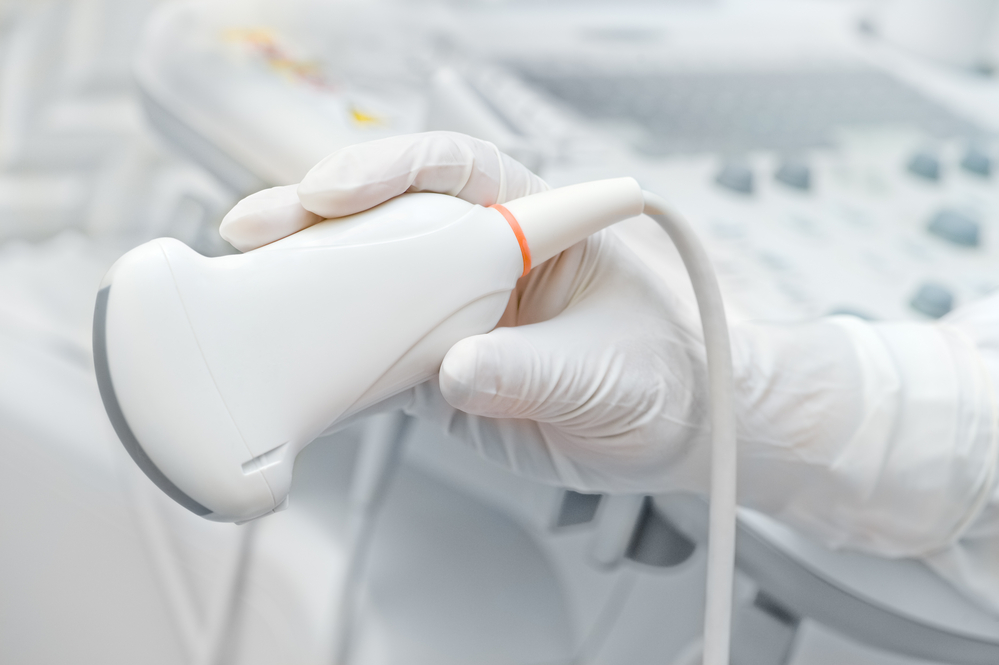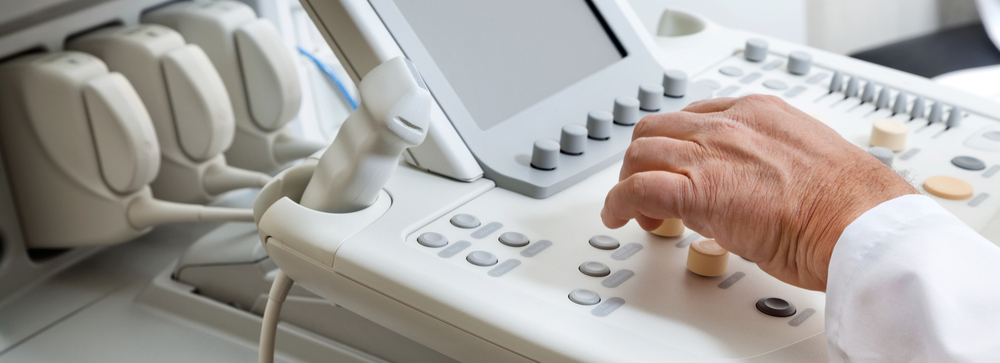Pilot Study Investigated Pelvic Floor Injury from Childbirth
Nov 4, 2021

Childbirth puts a lot of strain on the body. Labor can injure the pelvic floor muscles, resulting in a pelvic floor disorder. Researchers, in a pilot study, investigated the use of ultrasound methods in gauging injury to the pelvic floor caused by childbirth, in particular vaginal delivery, and recovery from that pelvic floor injury.
How Did the Pilot Study Work?
The researchers planned to conduct a study of 30 women who are more than 36 weeks pregnant with their first baby. They used new ultrasound methods to gain detailed information about the tissues in the pelvic floor region. They also took three-dimensional images of the area. The researchers then collected the same data and images one day after giving birth and then again six months later. This is so they could compare how well the ultrasound can assess pelvic floor injury and then recovery from it.
Why Did the Researchers Conduct the Study?
The researchers conducted the pilot study in the first place with the expectation that the healthcare industry would then be able to develop non-invasive methods of assessing injury to the pelvic floor muscles, the risk of pelvic floor disorder, and recovery from pelvic floor injury.
What Is the Pelvic Floor?
The pelvic floor is made up of a group of muscles located in the pelvic region. These muscles support multiple organs and bodily functions in the pelvic region, from the uterus and prostate to the bladder and rectum. These muscles are involved in the processes of urination and bowel relief.
What Causes Pelvic Floor Injury?
Pelvic floor dysfunction is an injury to the pelvic floor muscles caused by a traumatic physical event. In women, childbirth is a common cause of pelvic floor dysfunction because the pelvic floor muscles stretch in ways they normally wouldn’t. Childbirth isn’t the only cause of pelvic floor dysfunction, however. It can be caused by something like a car accident or if someone overuses those muscles.
How Is Pelvic Floor Dysfunction Treated?
Pelvic floor dysfunction can be treated non-invasively with physical therapy. Stretches and exercises can help to strengthen the pelvic floor muscles, easing any pain. Other methods of treatment can include:
- Biofeedback
- Ultrasound
- Electrical stimulation
- Massage
- Self-care
- Trigger-point injections
- Nerve blocks
How Can an Ultrasound Treat Pelvic Floor Dysfunction?

Ultrasounds are excellent diagnostic tools, but they can also be used in the treatment process for pelvic floor dysfunction. In treatment, an ultrasound can increase blood flow in the area and can reduce muscle spasms.
Want More Physical Therapy News?
Check our blog for monthly updates on the latest physical therapy advancements.
Browse the BlogFor informational purposes only.











